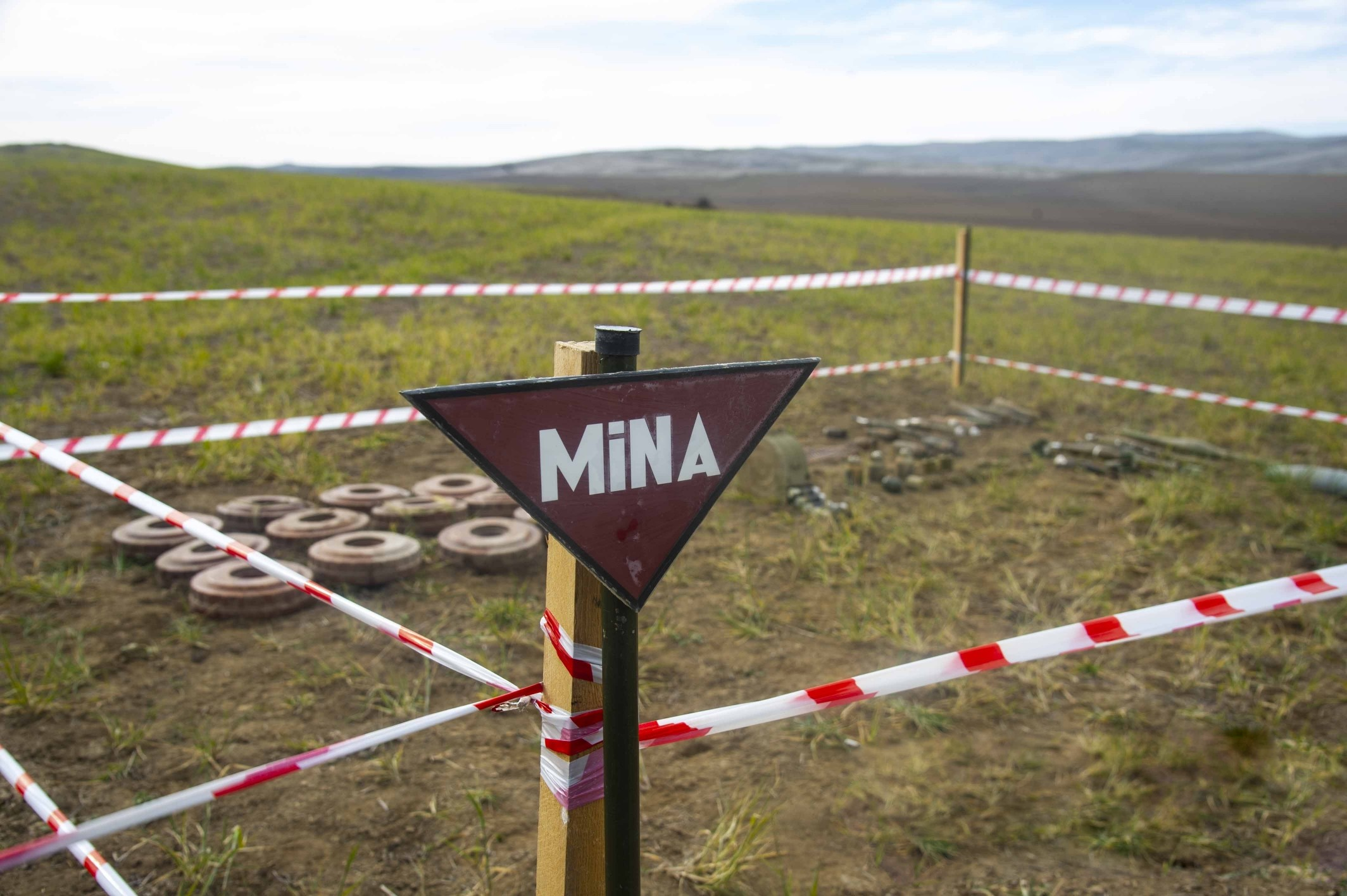The Nagorno-Karabakh conflict is an ethnic and territorial dispute between Azerbaijan and Armenia.[1] The complex origins of the conflict were initially influenced by Soviet-era land distribution policies in the 1920’s, and recently revitalized by Azerbaijani forces in 2020 that were motivated in part by systemically cultivated animus and in part by political pressure from Turkey.[2] While a peace treaty was reached on November 10, 2020, some have called into question whether it will be honored.[3] Additionally, legal battles continue in the ICJ between Azerbaijan and Armenia. On December 2, 2021 the International Court of Justice (ICJ) issued an order on the Republic of Azerbaijan’s Application instituting proceedings against the Republic of Armenia.[4]Azerbaijan’s Application alleged multiple violations under the International Convention on the Elimination of All Forms of Racial Discrimination of December 1965 (CERD), including that Armenia was required under the CERD to cooperate with Azerbaijani efforts to remove landmines from a former conflict zone now under Azerbaijani control.[5]
In its application, Azerbaijan argued that the landmines were a form of ethnic cleansing, as the landmines drove Azerbaijanis from the region and prevented their return thereto.[6] Armenia responded by arguing that: first, it had already given Azerbaijan accurate maps locating landmines; second, the landmines were likely laid before 1994, thus depriving ICJ jurisdiction under the CERD; and finally, that “landmines, by their nature, do not engage in ethnic discrimination” and thus the CERD does not apply.[7]
The ICJ ruled in favor of Armenia, holding that while driving persons out of a region and preventing their return can implicate rights under the CERD, Azerbaijan had not presented sufficient evidence to show that Armenia planted landmines with the intention of depriving Azerbaijani’s from inhabiting the Nagorno-Karabakh region.[8] However, the ICJ did not present any analysis of Azerbaijan’s evidence and simply concluded it was insufficient.[9] Additionally, Armenia’s legal and factual arguments appear to have significant shortfalls. For one, several individuals have died from the landmines since the November 10th peace treaty,[10] suggesting that Azerbaijan does not have complete information as to where the landmines were placed and that the landmines were laid during the 2020 conflict, not over twenty-years ago in 1994. Further, the “landmines cannot discriminate” argument is hardly convincing. It is not the landmine that discriminates, but the individual who places the landmine—inanimate tools carryout the intentions of those who wield them. As the court noted, preventing an ethnic group from returning to a region can implicate rights under the CERD—so why did the ICJ agree with Armenia?
Although it was not explicitly stated, the ICJ may have been persuaded by the fact that the resurgence of violence in 2020 was initiated by Azerbaijan,[11] making it plausible that Armenian landmines were intended to ward off the Azerbaijani offensive and not as an effort to ethnically cleanse the Azerbaijanis from the region. Additionally, the argument that Armenia was ethnically cleansing Azerbaijanis is historically suspect. After all, scholars have argued that Turkey is supporting the Azerbaijani war effort to establish more power in the South Caucasus.[12] This is relevant as Turkey’s predecessor, the Ottoman Empire, perpetrated a brutal genocide against the Armenian people in the beginning of the 20th Century.[13] The power dynamics that have historically controlled the region thus make it suspicious that Armenia is a perpetrator of ethnic cleansing.
Hence, while Armenia’s legal and factual arguments addressing the landmine issue seem to lack merit and the ICJ opinion appears conclusory without justification, there is more than meets the eye. The ICJ is tasked with publishing an essentially unenforceable opinion that navigates a deadly and longstanding conflict with multiple political actors. If the ICJ invoked requirements like the U.S. party presentation rule and required the order to rest solely on the arguments presented by Armenia,[14] that could result in a significant imbalance of power against Armenia by requiring Armenia to release landmine maps and other military strategies. Conversely, if the ICJ invokes Azerbaijani aggression or the Armenian genocide as a form of justification for its ruling, then it runs the risk of Azerbaijan and Turkey disregarding the ICJ’s holding and delegitimizing international dispute mechanisms. Considering these policy concerns—the ICJ’s opinion is understandable.
[1] Roqua Montez, Why Violence Has Re-emerged in Armenian-Azerbaijani Conflict, Berkeley News (Nov. 6, 2020), https://news.berkeley.edu/2020/11/06/why-violence-has-re-emerged-in-armenia-azerbaijan-conflict/.
[2] Id.
[3] Emin Milli, Can President Aliyev be Trusted on Nagorno-Karabakh?, Al-Jazeera (Nov. 26, 2020), https://www.aljazeera.com/opinions/2020/11/26/can-president-aliyev-be-trusted-on-nagorno-karabakh.
[4] Application of the International Convention on the Elimination of All Forms of Racial Discrimination (Azer./Armen.), Order, 2021 I.C.J. (Dec. 21).
[5] Id. at ¶ 1(C)(b).
[6] Id. at ¶ 53.
[7] Id. at ¶¶ 23, 24, 46.
[8] Id. at 53.
[9] Id.
[10] Joshua Kucera, Following War, Armenia and Azerbaijan Reckon with Unexploded Ordnance, eurasianet (Dec. 23, 2020), https://eurasianet.org/following-war-armenia-and-azerbaijan-reckon-with-unexploded-ordnance.
[11] Joshua Kucera, As Fighting Rages, What is Azerbaijan’s Goal?, eurasianet (Sept. 29, 2020), https://eurasianet.org/as-fighting-rages-what-is-azerbaijans-goal.
[12] Montez, supra note 1.
[13] Armenian Genocide, Britannica, https://www.britannica.com/event/Armenian-Genocide (last visited Feb. 12, 2022).
[14] See, e.g., Greenlaw v. United States, 554 U.S. 237, 243 (2008).


